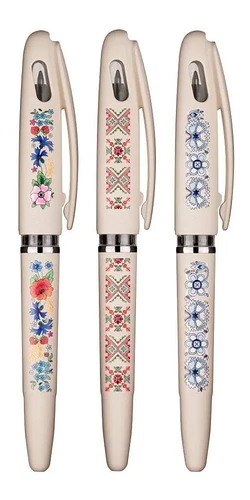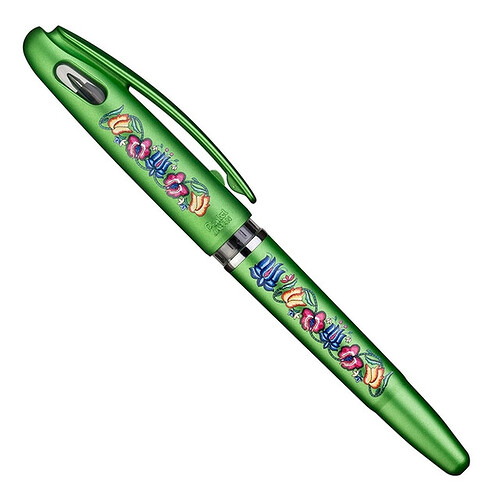Imagery of pencils is kind of an important thing for folks around here. It’s nice to have digital copies of images to look at any time. Especially for brands & models of interest. I keep a folder on my computer containing thousands of images, many hundreds of writing instruments. A good many are my own, a bunch are stock photos, and some are copies of collections posted on image sharing sites, auction sites, blogs, social media platforms, etc.
The thing is, when you see an image and save it… how good is it? The two top considerations are resolution and image size. Why save an image 800x600 when you could possibly have one that’s 3000x2000? These days, the size difference in bytes is rather insignificant, given the ample amount of storage offered by computers today. And, if you need a smaller image, you can always shrink it (either with installed image software, or by using free websites that offer a variety of free filters and functions).
One of the common sites used for sharing images is Pinterest. I haven’t used it much, but I’ve recently started thinking about exploring options. My primary used to be Photobucket, which gave a decent amount of free space and somewhat useful image folder organization. But, they ditched their free model and now charge for it. So I moved onto PostImages.org. And that one isn’t bad, for its image organization. They do have some ads, but they’re not terribly intrusive. However, they occasionally have some down time. I’ve since started using Imgur, which is great for creating multi-image story boards. You can provide many images grouped together, each with their own long description fields. Plus, you can also interweave in video files (with the one painful caveat–can’t let videos go beyond 1 minute… which means breaking them up).
TL;DR
I think at least one or two people here on Knockology use Pinterest (or at least used to), as I’ve found many vintage pencil and pen images there over the years. And I’ve saved many images from there. What’s vexing is sometimes getting an image link that once expanded doesn’t get much larger… when it’s likely that there might be a larger size.
Here’s an example:
“i.pinimg.com/736x/23/9e/75/239e758d4be901460ca4299435c93fcf.jpg”
That’s an image of some Hi Uni pencils - 2050, 3050, 3051, and 5050. You see in the URL that “736x”? That means the maximum length will be 736 pixels. Using Google Images, I was able to search on the URL, and sure enough a larger size appeared in the results.
“i.pinimg.com/1200x/23/9e/75/239e758d4be901460ca4299435c93fcf.jpg”
Nice. 1200 pixels long is definitely better. I then figured… maybe there are larger ones? So I plugged in a bunch of numbers… and nothing worked. And then, by a stroke of luck… with a different image that I searched on, I found I got a much larger image. I copied and pasted it in an editor and saw 2978 pixels! The URL didn’t have that size. When I replaced 1200x with 2978x, it didn’t work. And then I found it. “originals” was the key.
“i.pinimg.com/originals/23/9e/75/239e758d4be901460ca4299435c93fcf.jpg”
I tried it out on a handful of other images I was looking at. They all returned larger images than the expanded version Pinterest delivered. So I think this technique should work for many more.
Try it out and let me know if you have success. ![]()


